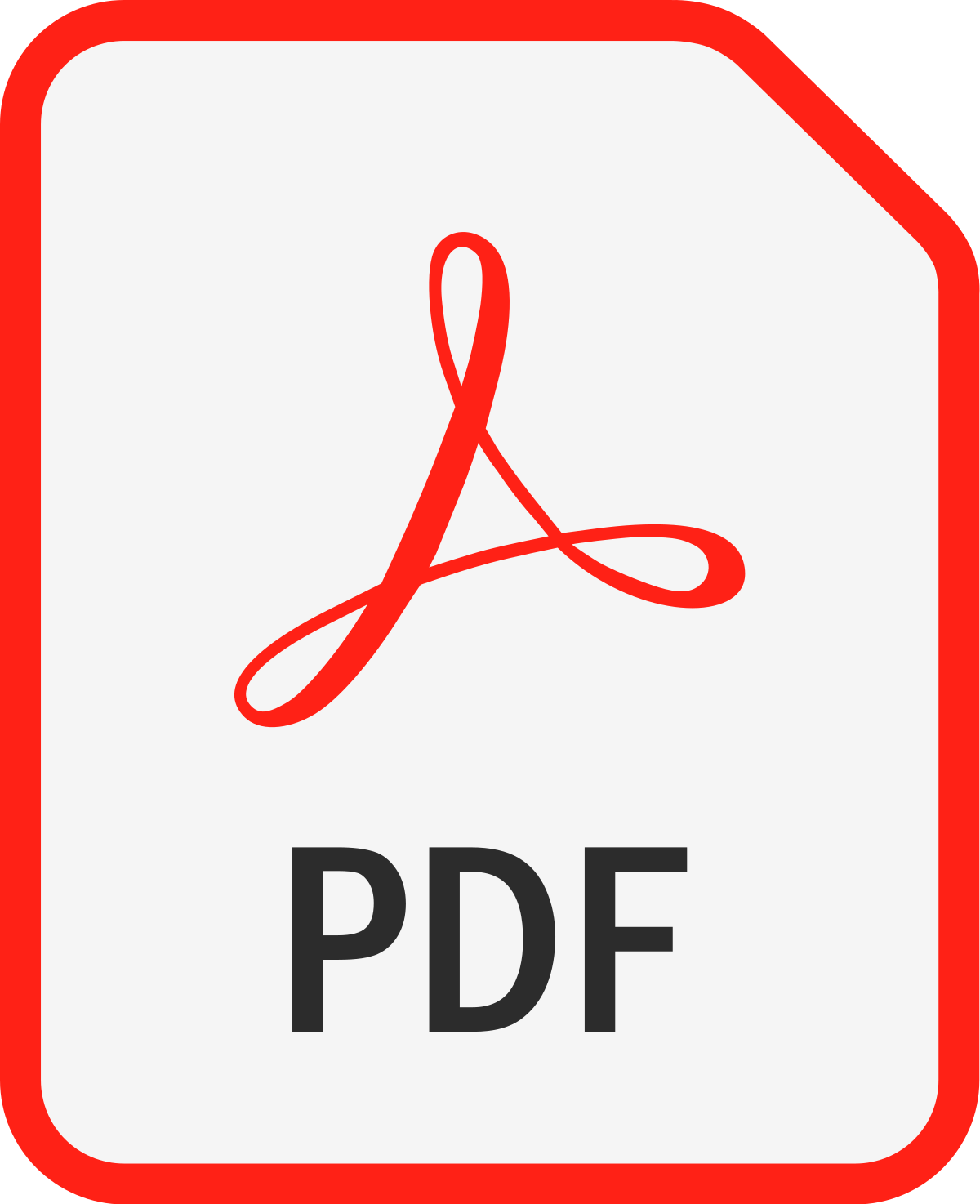Home > CSC-OpenAccess Library > Manuscript Information
EXPLORE PUBLICATIONS BY COUNTRIES |
 |
| EUROPE | |
| MIDDLE EAST | |
| ASIA | |
| AFRICA | |
| ............................. | |
| United States of America | |
| United Kingdom | |
| Canada | |
| Australia | |
| Italy | |
| France | |
| Brazil | |
| Germany | |
| Malaysia | |
| Turkey | |
| China | |
| Taiwan | |
| Japan | |
| Saudi Arabia | |
| Jordan | |
| Egypt | |
| United Arab Emirates | |
| India | |
| Nigeria | |
Identifying Most Relevant Node Path To Increase Connection Probability In Graph Network
Abhiram Gandhe, Parag Deshpande
Pages - 1 - 8 | Revised - 01-03-2015 | Published - 31-03-2015
Published in International Journal of Data Engineering (IJDE)
MORE INFORMATION
KEYWORDS
Friendship Link, Online Social Network, Graph Network, Node Path, Reference Chain.
ABSTRACT
In social networks, one of the most challenging problems is to find the best way to establish a relationship between two nodes. Different attributes (Topological, Non-Topological) can be used to define friendship score between two nodes which indicates the strength of a relationship. NonTopological attributes can be used to define the strength of a relationship even if two nodes are not connected. The concept of friendship score to define the strength of a relationship between two nodes transforms social network into a complete graph where each node is connected to every other node and where friendship score is used as link attribute. The information on already existing connections in social media network and graph which is formed based on friendship score can be used to find out best way of connecting two different nodes even if no path is in existence in social media network between these nodes.
In this paper, we propose a novel way of estimating friendship score using non-topological attributes based on available information in social media network and algorithm to find out best way of connecting two nodes in the form of chain of reference. The chain of reference between node X1 and Xn is a path X1->X2->….->Xn-1->Xn where each link Xi->Xj is having high friendship score. The chain of reference indicates how X1 can be connected to Xn even if no path exists between X1 and Xn in social media network.
In this paper, we propose a novel way of estimating friendship score using non-topological attributes based on available information in social media network and algorithm to find out best way of connecting two nodes in the form of chain of reference. The chain of reference between node X1 and Xn is a path X1->X2->….->Xn-1->Xn where each link Xi->Xj is having high friendship score. The chain of reference indicates how X1 can be connected to Xn even if no path exists between X1 and Xn in social media network.
| A. Gandhe, P. Deshpande. Use of Non-Topological Node Attribute values for Probabilistic Determination of Link Formation. International Journal of Advanced Computer Science and Applications(IJACSA), Volume 6 Issue 2, 2015, PP. 186-191. | |
| A. Papadimitriou, P.Symeonidis and Y. Manolopoulos. Friendlink: Link Prediction in Social Networks via Bounded Local Path Traversal. International Conference on Computational Aspects of Social Networks (CASoN), 2011. | |
| D. Liben-Nowell and J. Kleinberg. The link prediction problem for social networks. Proceedings of the 12th International Conference on Information and Knowledge Management (CIKM), 2003 | |
| F. Rubin. Enumerating all simple paths in a graph. IEEE Transactions on Circuits and Systems, 1978, pp. 641–642. | |
| H. Tong, C. Faloutsos, and J. Pan. Fast random walk with restart and its applications. In ICDM ’06: Proceedings of the 6th International Conference on Data Mining, 2006, pp. 613– 622. | |
| J. Chen, W. Geyer, C. Dugan, M. Muller, and I. Guy. Make new friends, but keep the old: recommending people on social networking sites. Proceedings of the 27th international conference on Human factors in computing systems, 2009, pp. 201–210. | |
| J. Pan, H. Yang, C. Faloutsos, and P. Duygulu. Automatic multimedia cross-modal correlation discovery. Proceedings of the 10th ACM SIGKDD international conference on Knowledge discovery and data mining, 2004, pp. 653– 658. | |
| K. C. Foster, S. Q. Muth, J. J. Potterat, and R. B. Rothenberg. A faster katz status score algorithm. Compute Math Organ Theory, Dec 2001, pp. 275–285, | |
| L. Adamic and E. Adar. How to search a social network. Social Networks, 2005, pp. 187– 203. | |
| L. Katz. A new status index derived from sociometric analysis. Psychometrika, 1953, pp. 39 43. | |
| M. Fire, L. Tenenboim, O. Lesser, R. Puzis, L. Rokach, Y. Elovici. Link Prediction in Social Networks using Computationally Efficient Topological Features. IEEE International Conference on Privacy, Security, Risk, and Trust, and IEEE International Conference on Social Computing, 2011. | |
| S. Milgram. The small world problem. PsychologyToday, 1967, pp. 61–67. | |
| S.Wasserman and K. Faust. Social network analysis: Methods and applications. 1994. | |
Mr. Abhiram Gandhe
Computer Science and Engineering Visvesvaraya National Institute of Technology Nagpur, India - India
abhiram.gandhe@gmail.com
Dr. Parag Deshpande
Computer Science and Engineering Visvesvaraya National Institute of Technology Nagpur, India - India
|
|
|
|
| View all special issues >> | |
|
|



